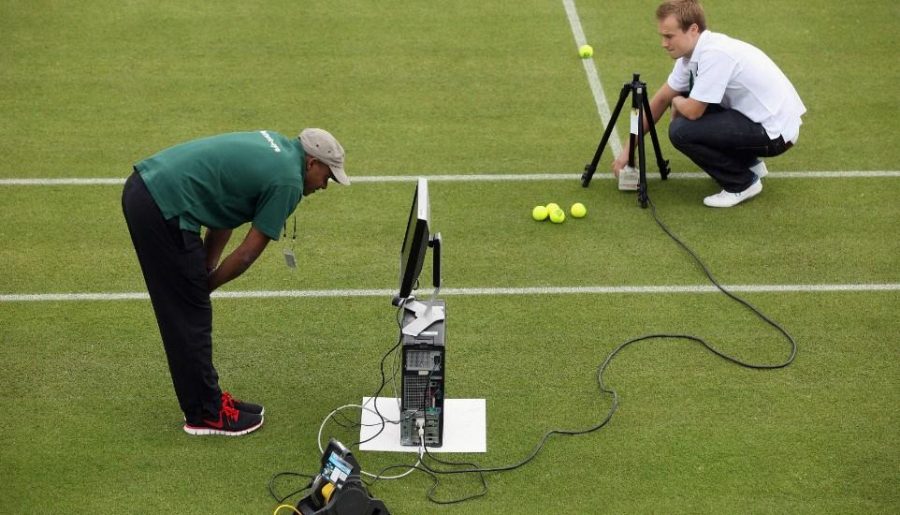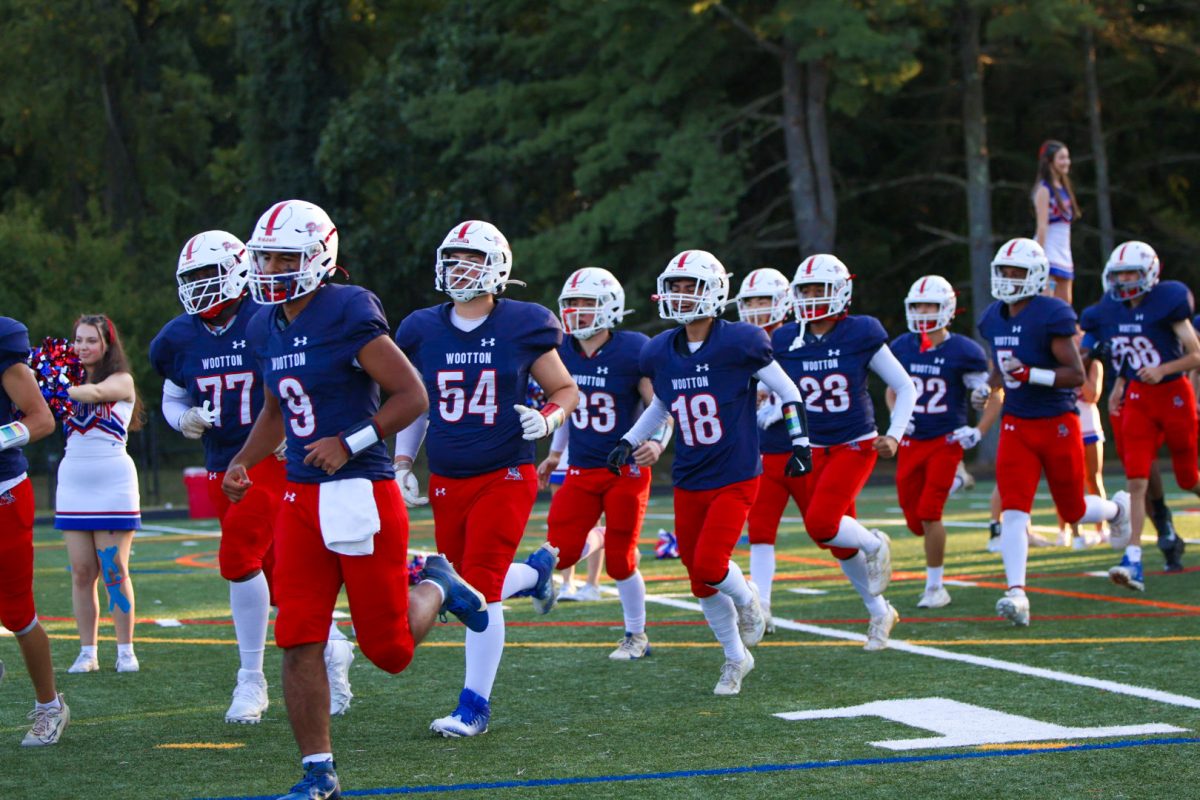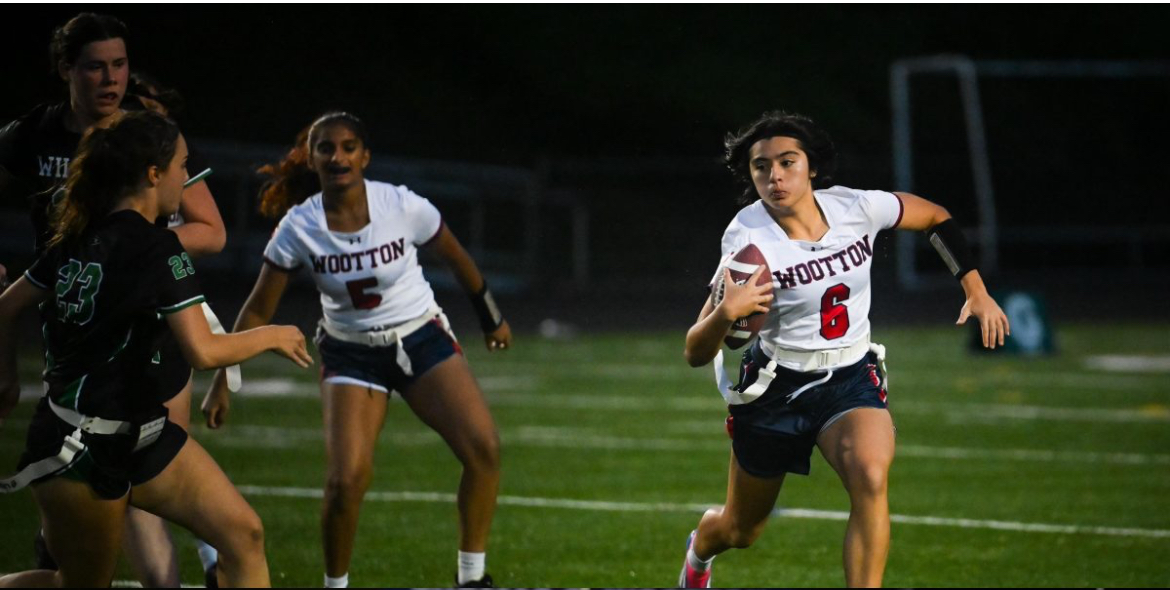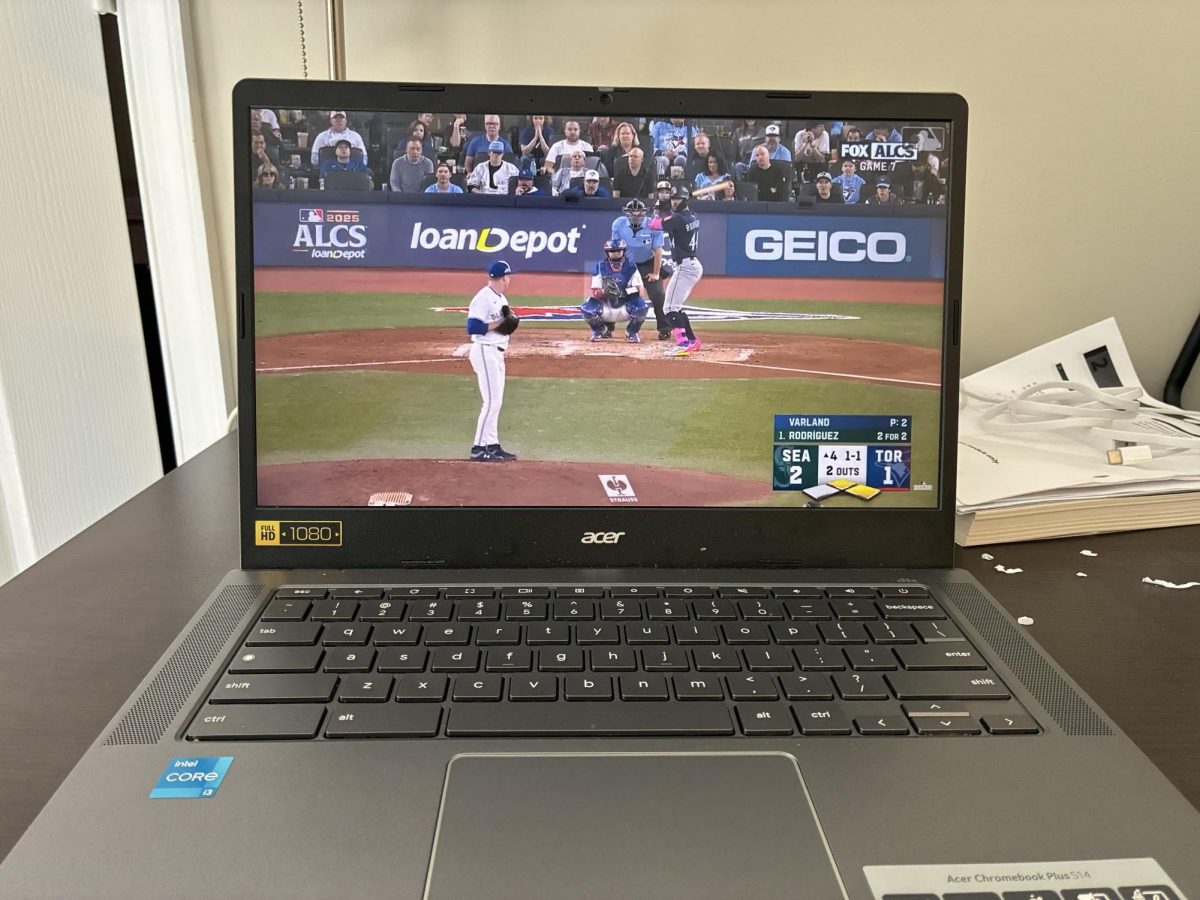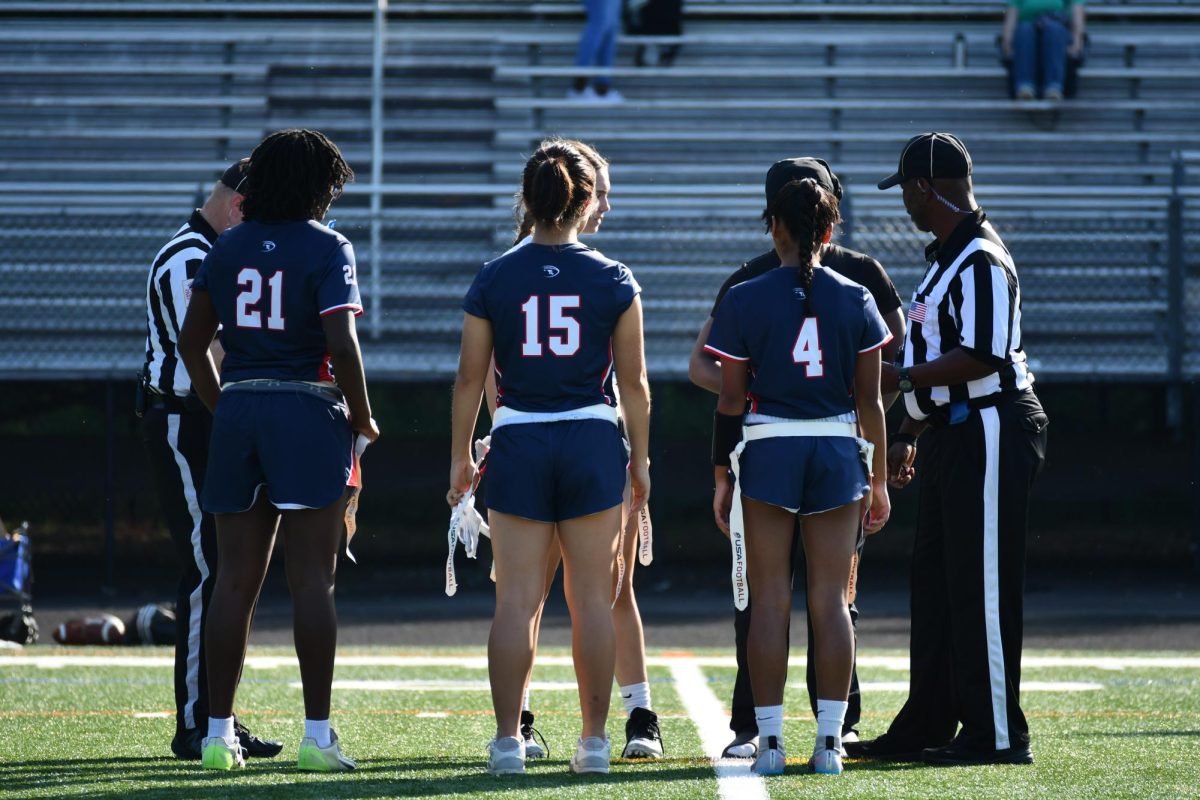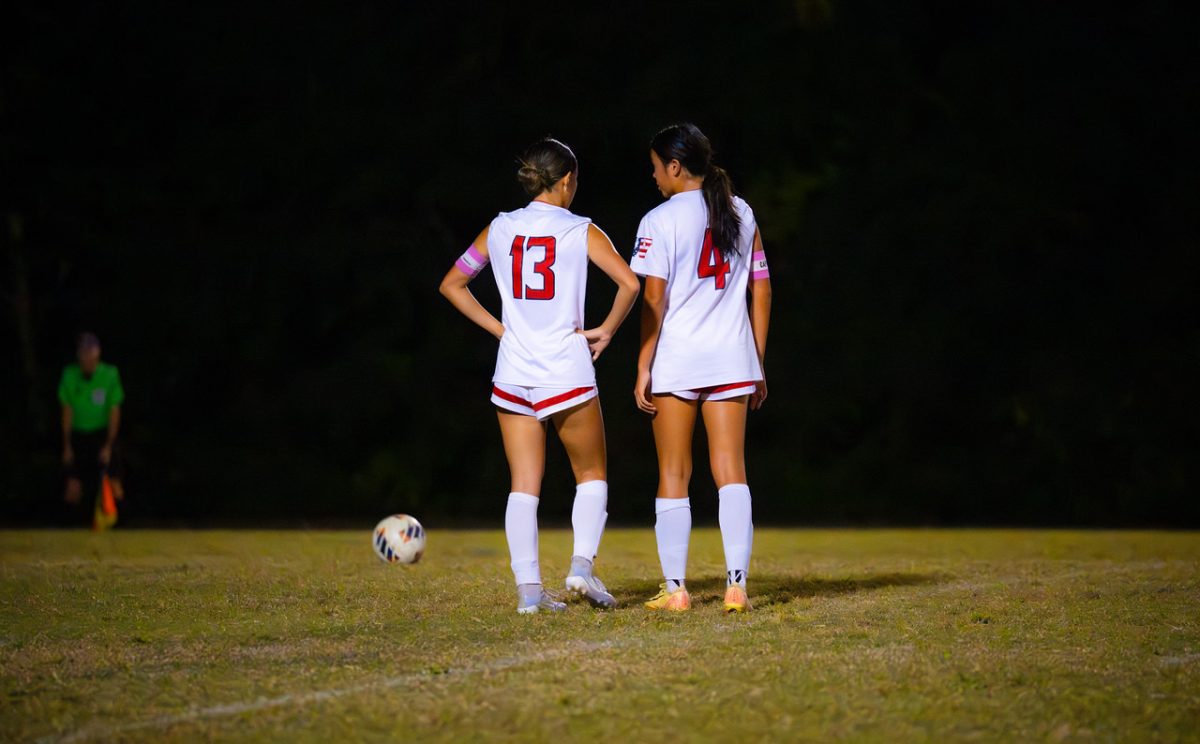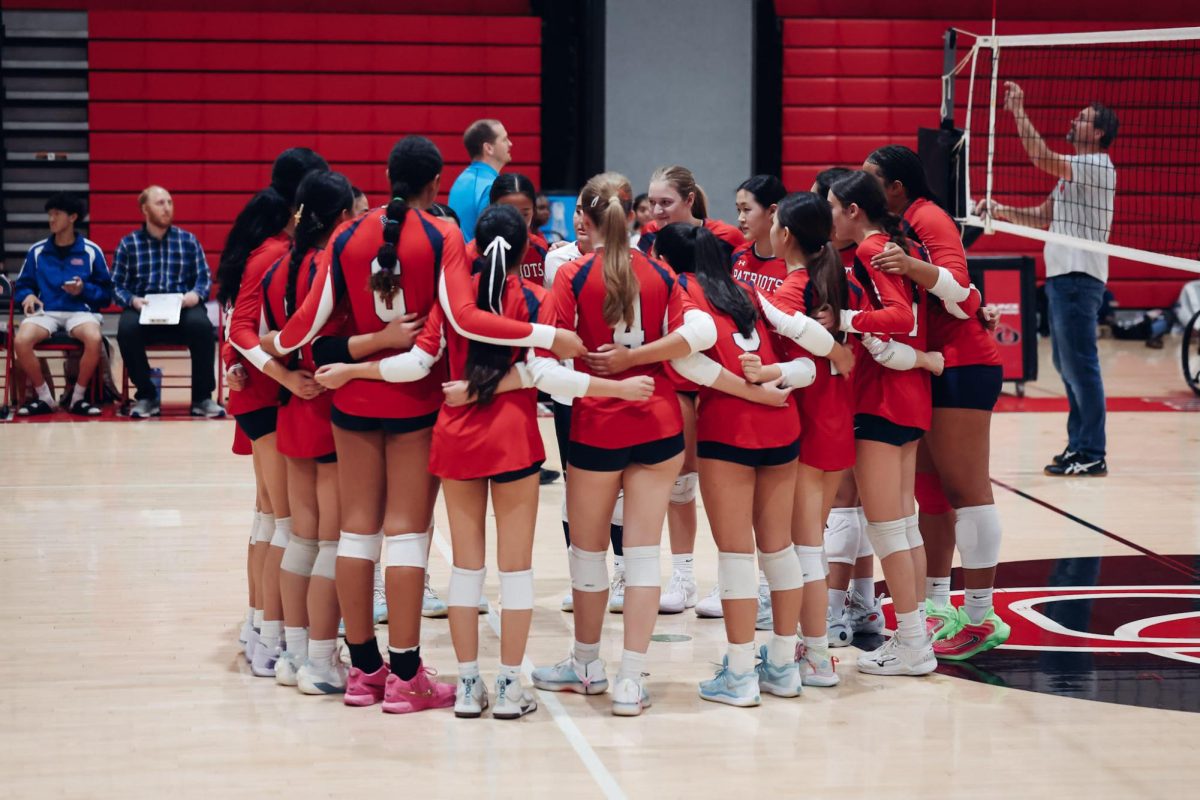John Riker
editor-in-chief
The rules that govern our sports vary only slightly from our parents’ generation to ours, but the way we play has changed tremendously. The number one reason? Technology, whether in practices, games or any time in between. For athletes, it is crucial to remember that the use of technology is a double-edged sword, one with the potential to either elevate a team environment or decimate it.
The world we live in today is shaped by the internet, and sports teams on all levels of competition have taken advantage of the endless capabilities the internet offers. Accessibility to “game film” is an excellent example. The football team uses the website Hudl to share footage of previous games as well as specific plays to its players, while the cross country and track teams publish videos of races on its shared YouTube page. These platforms give athletes an opportunity to reflect more thoroughly on past performances so that they can adjust in future competitions. The wealth of information that the internet offers can also be beneficial for teams, as results of other teams, divisional standings, and almost anything else an athlete might deem helpful may only be a couple clicks away. The internet has become so integral to high school sports that sign-ups for teams are now entirely digital (though the switch has not exactly made the process less confusing).
Communication is another aspect that the internet, specifically social media, has transformed. Whether through group chats, messaging services, Facebook pages, Twitter accounts or other means, members of teams can now connect with each other instantly and ensure that each person knows about upcoming events and pertinent information. The BBQ Club Facebook page, with 895 members as of the time this issue came to press, is the best example. Members post regularly about game times for a variety of teams as well as student section themes for football games, helping garner support for our teams and foster school spirit.
But social media has a dark side that must be acknowledged. Behind the screen, people sometimes behave in ways that they would not in public because they feel less accountable for their online footprint than actions in the outside world. Instagram meme accounts for teams have popped up across the sports landscape in the past year, and though these accounts are intended for laughs, there have been instances in which the users controlling these accounts have crossed the line between playful and hurtful in what they post. Something posted online can have permanent impact, and the controversy and effects of a joke gone wrong can be hurtful to the subject and detrimental to the team’s greater objective of winning. Going back to another platform, the BBQ Club Facebook page has seen its fair share of contentious barbs traded between students, none of which help promote the culture of unity and success that we should be striving to build. High schoolers will be high schoolers, but responsibility is necessary regardless when online.
Technology is here to stay in high school sports, but whether it is used to unite or divide is in the hands of the users themselves. When using social media, athletes must remember their priorities and act accordingly. Responsible use of these platforms requires caution, but ultimately provides another tool that can be integral to building a championship culture.


